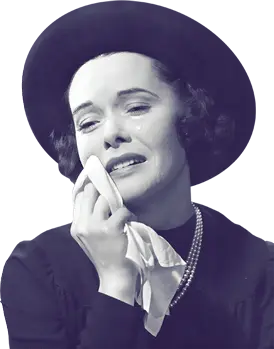Princess Lada, marked by a golden star on her forehead, flees her royal life to escape a cruel arranged marriage in The Princess with the Golden Star (1959), directed by Martin Frič. Disguised in a cloak of mouse fur, she hides her identity and seeks refuge in a distant kingdom, taking a humble job in the castle kitchens. As she navigates her new life in secrecy, her courage, kindness, and quiet strength draw the attention of a noble prince—proving that true nobility lies not in titles, but in character.
In the Czech Republic, The Princess with the Golden Star has become a staple of Christmas television programming. Generations have grown up watching it each holiday season, much like The Wizard of Oz or It’s a Wonderful Life in the West.
The princess’s disguise—wearing a cloak made of mouse fur—was a symbolic choice. In Czech folklore, humble appearances often conceal nobility and inner strength, a recurring theme in fairy tales of the era.
Martin Frič, the film’s director, is one of the most celebrated figures in Czech cinema history. Over his prolific career, he directed more than 90 films across various genres, and was known for his ability to bring warmth, humor, and moral clarity to his stories.
Released during the Cold War, the film offered a form of cinematic escapism for audiences living under a restrictive regime. Its fantastical setting, moral simplicity, and lush costumes provided comfort and nostalgia for older Czech fairy tale traditions.


























